What is the most expensive spice in the world that is used in perfumery?

When the word "spices" is said, we automatically associate it with gastronomy, where it is an integral part of our diet. Yes, nowadays no one in the kitchen can imagine food that would be cooked completely without the use of spices. The taste would be bland and indistinct. However, the spice itself has uses in other areas as well, namely the pharmaceutical industry and the perfumery industry.
We learn from history that we began to recognize "spices" around the year 2000 BC, when it began to be traded. There is no doubt that in the Middle Ages, only the highest classes could afford spices, as they had to be imported from faraway Asia, which took an incredibly long time and the price was really high. It was probably first used by the Egyptians, when their Incense, Myrrh and other spices found their important place in church ceremonies, spiritual rituals and also in personal hygiene.
It is worth noting that in the period before the Crusades, one pound (454 grams) of saffron cost as much as a horse, one pound of ginger as one sheep, and the same amount of nutmeg was worth seven fat oxen. Black pepper balls were even used in some areas as a kind of substitute currency, and rich brides received pepper as a dowry. Spices were a highly sought-after trade item, and the desire for better availability was to some extent the reason for the discovery of America, when Columbus actually wanted to discover a new and more advantageous trade route from Europe to India, China and Japan, where exotic spices were imported.
"Spices" is the oldest ingredient used in fragrant essences and is an integral part of the world of perfumery even today. Thus, spices added a new dimension to perfumes, when at the beginning of the 20th century, spicy tones appeared, and thus gained an irreplaceable place in the world of the perfume industry.
Spicy tones are divided into cold and warm in perfumery. This classification has its origins in ancient Greece and traditional Chinese medicine.
Warm spicy tones include cinnamon, pepper, cloves and nutmeg. They usually give rise to basic tones of perfume, which are very strong and have a long-lasting scent.
Cold spices such as cardamom, ginger or coriander are usually aromatic spices that are found at the top of the fragrance pyramid, and thus form the head of the perfume.
A pyramid of scents as the individual ingredients are arranged from head to heart. Despite the fact that today the transport and the cultivation of the plants from which the spices are made is much easier than in the past, there are still species that are paid for with gold.
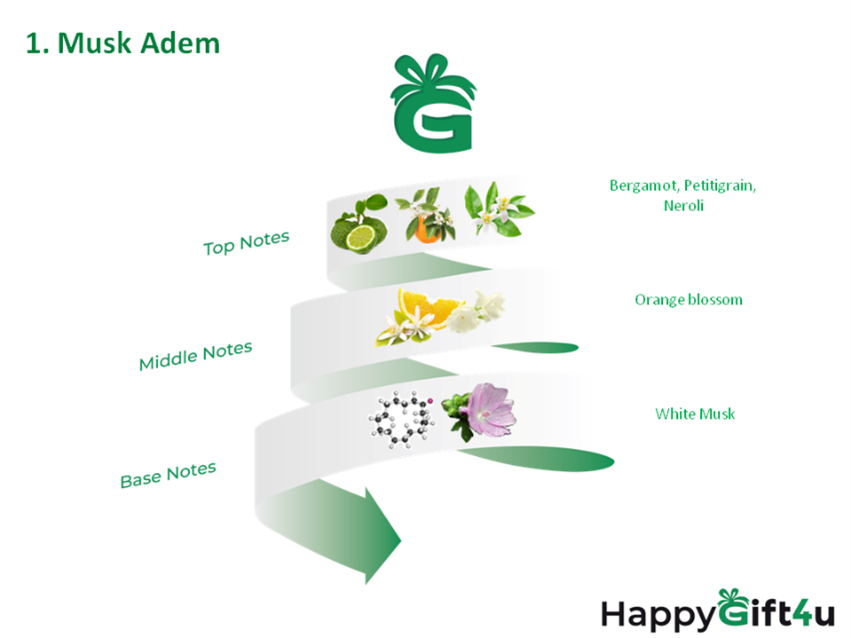
Do you know what the most expensive spices in the world are?
1st. place
Saffron
Almost every small child knows that saffron is the most expensive spice in the world.
History:
Already in antiquity, saffron was considered a rare spice. According to Greek myths, the tallest of the gods, Zeus, slept on a saffron bed. The rich Romans spent their wedding night on a bed lined with saffron flowers. Also during the Roman Empire, it was customary to cover the bed with saffron flowers on the wedding night. This ritual used to be a very expensive affair and today this spice is even more expensive: we pay up to15.00 US Dollars for one gram of saffron. Saffron spice has been a very luxurious commodity for centuries.
Origin:
It is a plant from the iris family "Crocus sativus". A relative is the commonly grown ornamental spring saffron - Crocus. In contrast, it blooms with a purple flower only in autumn (from mid-October to mid-November). The name Saffron comes from Arabic: za´fran = to be yellow. Arab traders brought saffron from West Asia to Spain. Currently, it is grown mostly in Iran (93% of world production), Spain (the highest quality saffron from the La Mancha region, is not as bitter as the Iranian), southern France, Moroccan, Indian Kashmir and Latin American varieties.
Why is saffron so expensive?
Collecting saffron is not easy at all. There is no way to harvest saffron headstocks other than by hand. Only three of these purple-colored heads are torn from each flower. To harvest 1 kg of dry saffron, it is necessary to collect 100 to 150 thousand flowers, from which these stalks must be plucked by hand within 24 hours! One experienced picker collects approximately 50 to 70gr of spices in one day. It is therefore understandable that one old proverb says
"It's like saffron"
It is therefore not surprising that the price of saffron in 2015 on the world market reached US$ 2,868 per kilogram. So, saffron is rather sold in grams. (upto 15 US Dollars per gram of spices, which is its normal price.) When cooking, it does not spill out of the bag like ordinary spices, but individual threads are counted. The high price and scarcity often lead to customers often receiving counterfeits. The "saffron", referred to as "Turkish saffron", is usually used as a substitute. Of course, it does not imitate the taste very well, but it will serve as a colourant.
Use:
There is no herb in the world that cannot be used for something….It also applies to saffron. In addition to cooking, baking and perfumery, saffron is also used to treat various ailments. It is used for problems with the liver, eyes, gout and asthma. It also works against cramps, it also has good results during painful menstruation or stomach cramps. It can raise the level of serotonin and subsequently dopamine in the body. These "happiness hormones" then have a positive effect on the mood of patients suffering from depression. However, beware of higher doses of saffron, which can be intoxicating and cause nausea, difficulty breathing and, in extreme cases, death.



2nd place
Vanilla
History:
Vanilla bean is the fruit of a colorful climbing orchid, (vanilla planifolia), which creeps along the ground, and up and across trees. Up to 10 meters long, with 1 to 2 centimeters thick stems that take root on the bark to stabilise it. The flowers of the vanilla plant are greenish-white to a yellowish bloom which are odorless. Because flowering lasts only one day, nature does not have enough time for natural pollination. The flowers are therefore pollinated by hand! Vanilla is an aromatic spice, "Black pod, queen of spices, one of the most expensive spices in the world"
Under this term, probably few people would look for vanilla, which was so called in the past. Vanilla originates from tropical America, where it was grown and processed by the ancient Aztecs. They knew very well that vanilla could wonderfully support the taste of cocoa, their traditional drink. This basic culinary wisdom still applies today. Vanilla enhances the delicious taste of chocolate. After the arrival of the Spaniards in 1519, vanilla quickly became very popular in Europe. Of course, Europeans immediately tried to grow vanilla outside Mexico, but for 3 centuries they never succeeded. It has been so rare in history that this delicacy was only for kings.
The scent of vanilla consists mainly of vanillin, piperonal and heliotropin. Vanilla was already (and still is) a powerful aphrodisiac in Mexican Indians, used for perfume seduction, increasing sexual desire and for general stimulation of the body. It also improves mood, relaxes the mind and relieves stress.
Why is vanilla so expensive?
For the high price of vanilla, it can be difficult to pollinate and, as in the case of saffron, it is not possible to harvest it mechanically. The largest producer of vanilla is Mexico, which has an advantage over other countries, as there lives a small bee "Melipona", which is the only one that can pollinate vanilla flowers. Attempts to transfer the bee to other countries failed because it did not survive in another environment.
Outside Mexico, growers have to do the pollination by hand, usually with a thin bamboo stick. They only have a few hours to do this, because the creeper plant only blooms for a very short time. In addition, after all that effort and babysitting, he has to wait another eight months for the vanilla pods to ripen. And then harvest them by hand
Origin
Vanilla is originally from Mexico. It came to Europe at the beginning of the 16th century and immediately became very popular.
After Mexico, Madagascar is the largest producer, whose production difficulties in recent years have raised the price of vanilla by 129 percent, US$ 224 per kilogram.
The most expensive spice is vanilla extract, which is prepared by leaching capsules in alcohol
The most valuable of the vanilla pods is the pulp, which contains black grains with which we taste our favorite dishes, one pod is enough for up to one kilogram of dough.The most famous types of vanilla pods are Vanilla Bourbon, originating from the islands of Madagascar and Mauritius. They are rich, sweet and the thinnest of the three types of pods. They are often called the Vanilla Channel. Vanilla Planifolia is grown all over the world, especially in Indonesia. Its scent is delicate, floral and will find fans among all those who like soft and sweet tones.
Mexican vanilla originate from the Veracruz region. They have a smooth and rich taste, but they are not overly interesting.
Vanilla has its application in the food industry, it is added to sweet dishes, ice cream, chocolates, puddings, but also drinks. Used in the form of whole pods, ground, or in the form of sugar or alcoholic extract. The required amount of vanilla depends on the quantity of the food or the strength of the flavour required.
It has an irreplaceable place in the perfume industry, where it enriches individual perfumes with an unmistakable, beautiful scent.
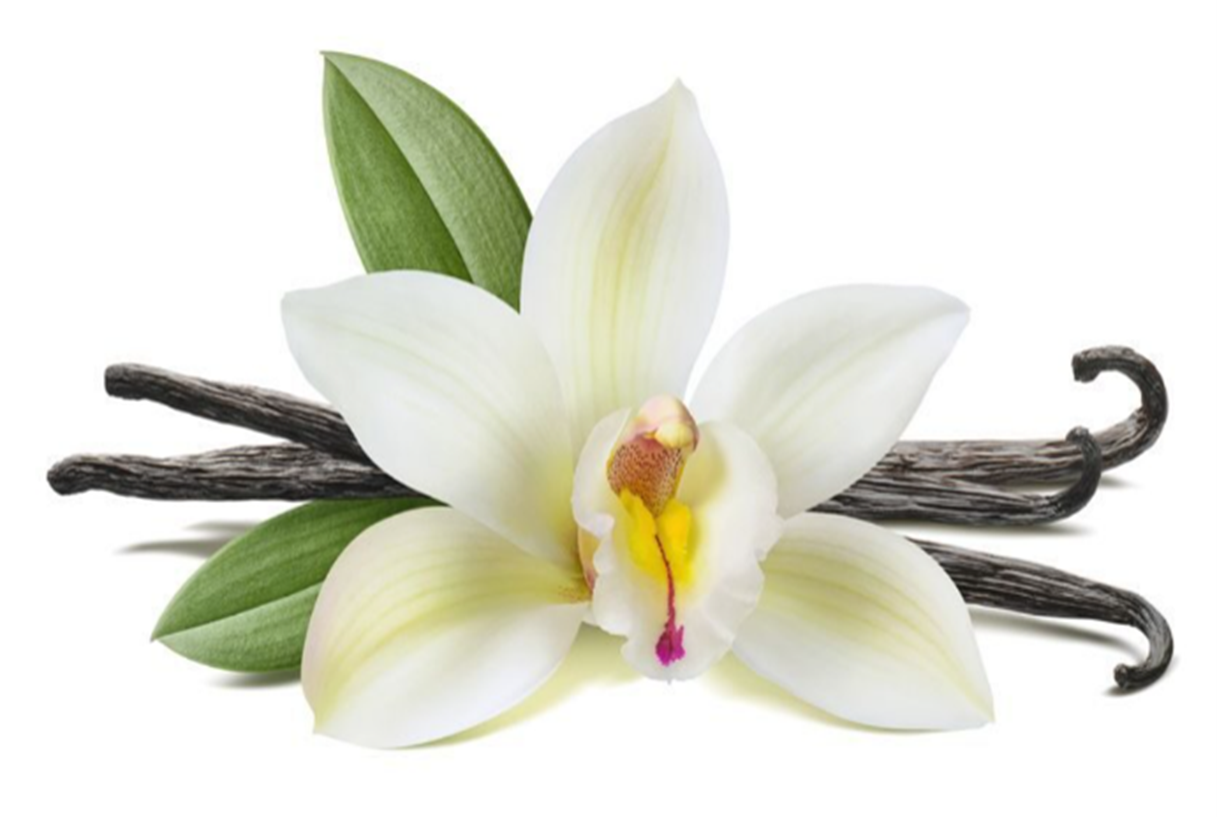
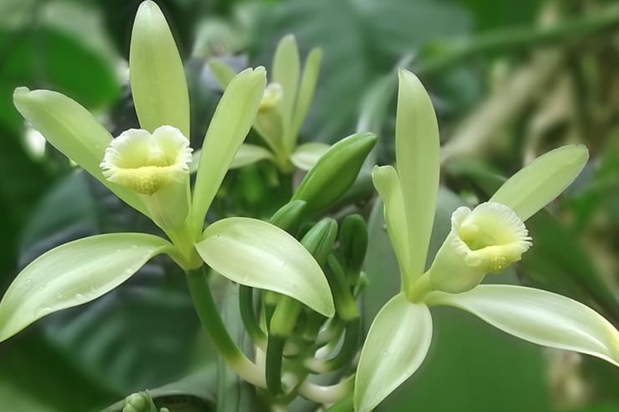


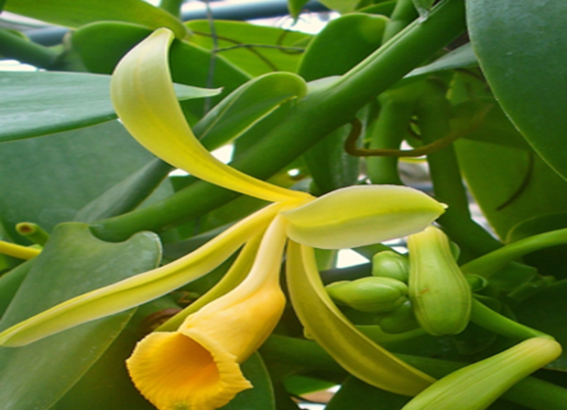
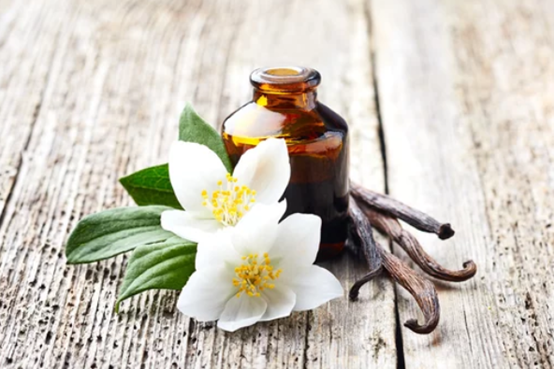
3rd place
Cardamom
Cardamom is a spice obtained from the seeds of several species of plants of the genera Elettaria and Amomum of the ginger family. We recognize true green and Nepalese brown. Real cardamom is all the more desirable because Nepali contains much less active substances and is only used as a substitute. Cardamom is the third most expensive spice in the world. In the price by weight, it is preceded only by vanilla and saffron. This spice will confuse not only your head, but also the taste buds.
Black cardamom has larger pods than the more well-known green cardamom. The taste is similar but heavier when complemented by a smoky aroma.
Green cardamom is more expensive, but only a small amount is needed to create the right taste. It is best kept inside the pod until used.
Cardamom history:
In antiquity, cardamom transported via the Indus River that runs through Kabul and Kandahar to Babylonia and from there via Syria to the Roman Empire. It has been used by the oldest civilizations
It is known from history that Pedanius Dioscorides, (a Greek physician, pharmacist and pharmacist living in the 40s and 90s, wrote the magnificent work DE MATERIA MEDICA, which houses a basic historical source on the medicine of ancient Greece and Rome. He describes There are at least 600 plants here, and this work of Dioscorides later proved to be "timeless" because it lasted forever, and even today modern medicine draws information from it.).
And it is here that it is written that this cardamom was valued by him especially for coughs, kidney diseases, stomach pains and abdominal cramps
In monastic medicine, cardamom was classified as warm and drying, and for this reason the Dominican scholar Albert the Great recommended it in the 13th century against a "wet head," that is, against fever. It is also said in history that Cleopatra, in love with Mark Antony, set fire to this fragrant cardamom before their love meetings.
Occurrence of cardamom:
True cardamom grows on the Malabar coast of the West Indies, Sri Lanka, Sumatra and China.
Use of cardamom:
In medicine, the seed is used almost exclusively because it has a high content of substances, especially essential oil (3-10 percent). In India, cardamom is a traditional component of curry mixes, where the smell and taste of essential oils stimulate the production of digestive juices and stimulate the gastric mucosa.
Theres is also a very popular tea with cardamom and cinnamon flavors. Green cardamom (Elettaria cardamomum) is also used as a chewing spice or for smoking. It is widely used in gastronomy, where it is an integral part of traditional dishes, meals and drinks.It is also an integral part of the perfume industry, as its spicy scent has given it a well-deserved "place of honor".
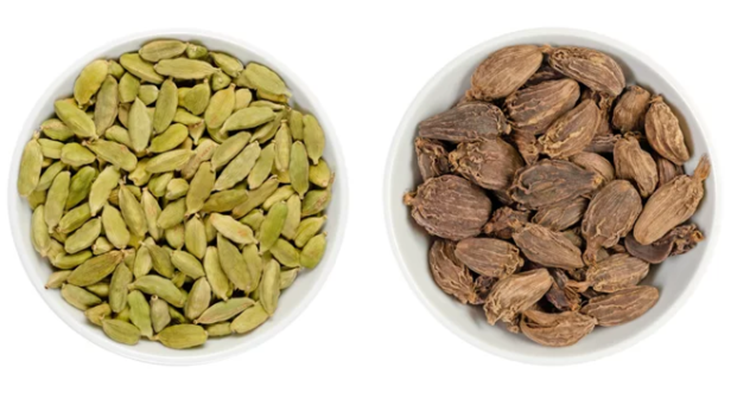
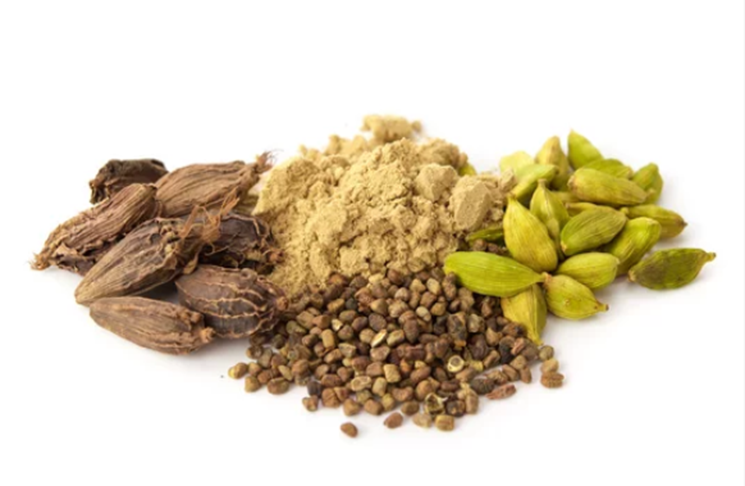
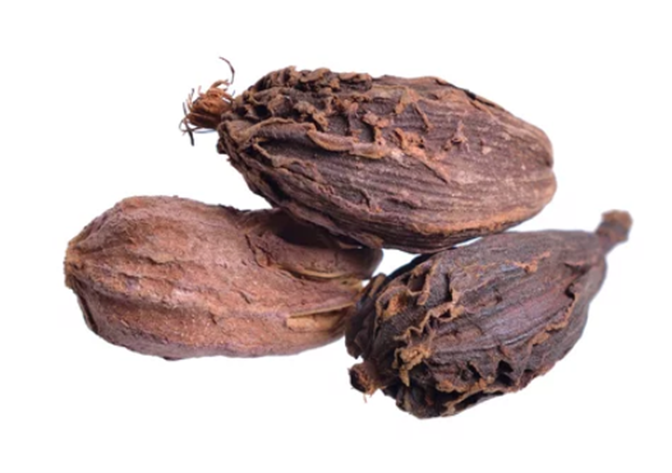
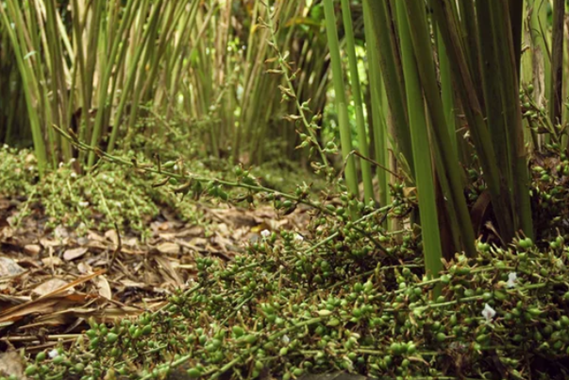
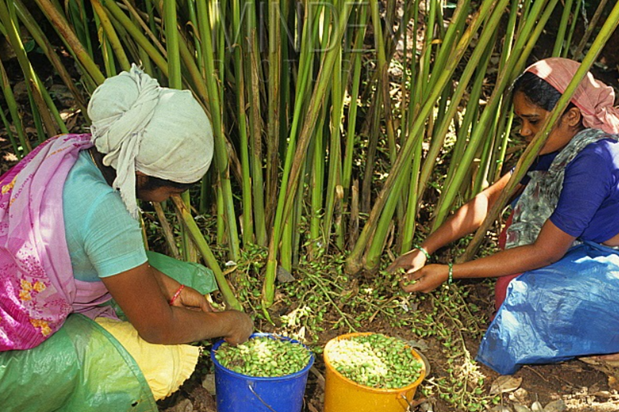
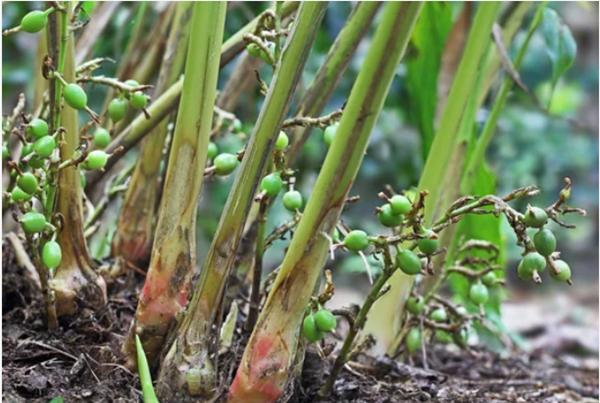
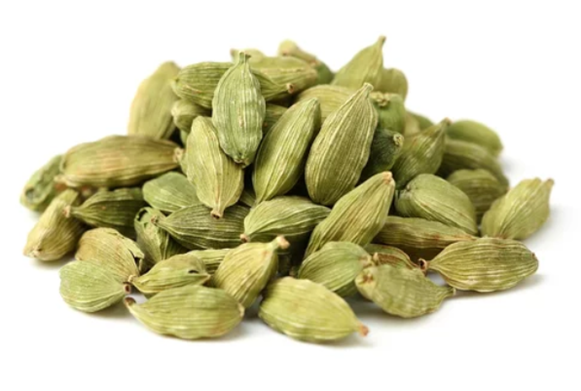

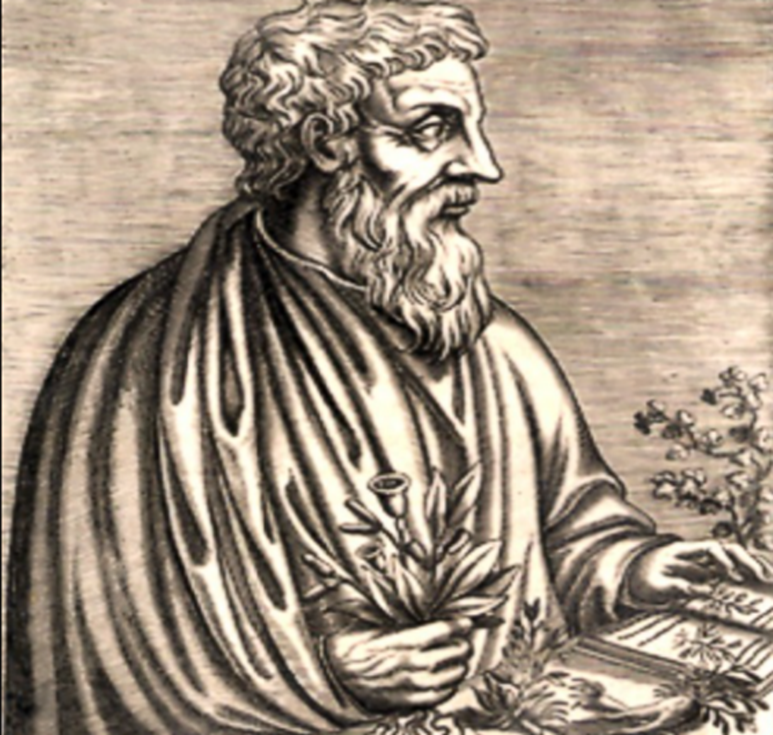

4th place
Black, white, red, green and pink pepper
Pepper is clearly the "king of the root", with about 1,600 species of pepper registered in the world. But as a spice we use, about 6 types of pepper are known. Even today, pepper retains its "primacy" on the world market, so this title rightfully belongs to it!
Pepper is truly one of the ten most expensive spices in the world. Pepper comes from southeastern India, but today it is also grown, for example, in Latin America, China and Vietnam. It was used by the ancient Romans, but it spread most with the development of seafaring in the 15th and 16th centuries. The three basic species of pepper come from one plant - black pepper (piper nigrum).
History:
In the history of cooking, pepper is already mentioned in the oldest written monuments of ancient India. The ancient Romans were extremely fond of pepper as a spice, and this expensive spice should never be missing at the feasts of the rich.

1). black pepper
Black pepper is the fruit of the black pepper (Latin Piper nigrum) harvested in the immature state, it is used as a spice. It comes from India, where it was used in ancient times, but today it is imported from a number of tropical countries. It is the most used spice used in all world cuisines.
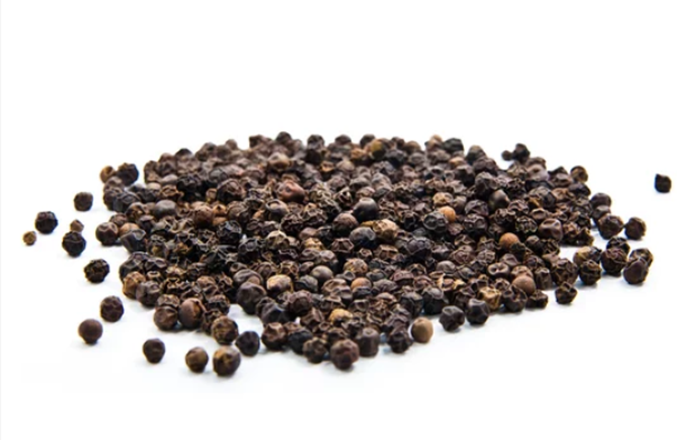
2). white pepper
White pepper (like other types of colored pepper) comes from the evergreen plant of black pepper. But he is treated differently than the rest of his family. The seeds are harvested ripe, that is, when they turn red. They are then soaked in salt water so that the skin can be removed. The seeds are then dried in the sun to give a typical yellow-white color.
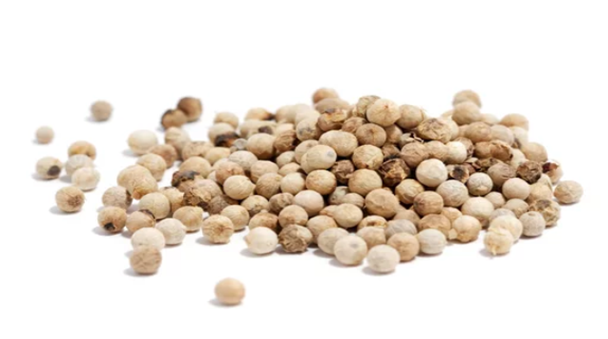
3). green pepper
Like black and white pepper, it is obtained from the fruits of the climbing black pepper plant (Latin Piper nigrum)), which is grown in tropical and subtropical areas.
Green pepper is very popular in the world, especially for its more pronounced and less pungent taste. Green pepper is harvested first when the berries are not yet ripe. Unlike black pepper, it is not fermented, it is actually an immature black pepper, whose green berries are freeze-dried and pickled into vinegar or salt to maintain the green color. Compared to black pepper, its taste is less sharp, and its aroma is softer. The disadvantage is that it is a bit more expensive.
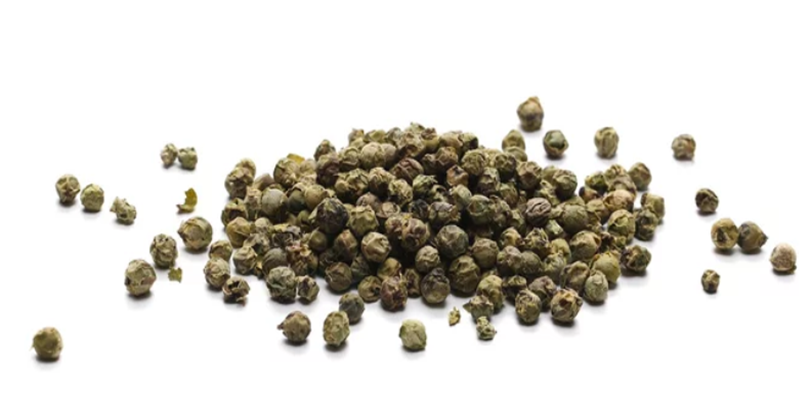
4). Cayenne pepper
This pepper is not actually a pepper, it is a small hot chili pepper and its name was created by an incorrect translation from English, where "pepper" means both pepper and paprika. It is mainly used in goulash, various sauces and vegetable dishes.
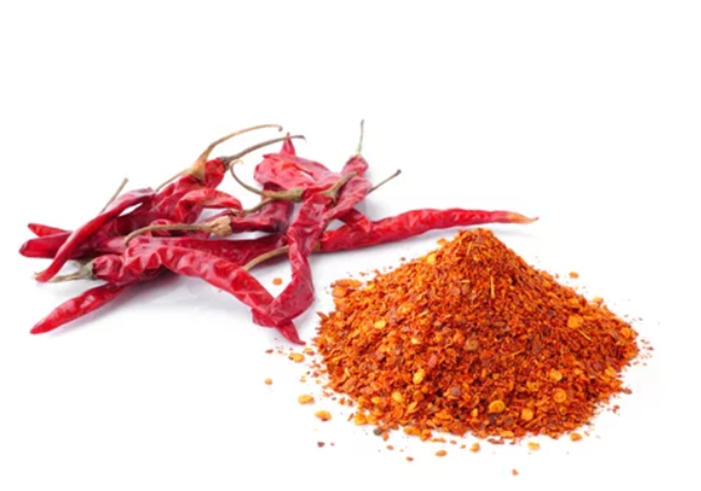
4). Pepper long
Long pepper - this pepper has an interesting aroma and a slightly sweet taste. It is used mainly in India and Muslim parts of Africa, where it is often combined with cardamom, for example. In the Czech Republic, it is a little-known type of pepper, which grows in the form of ears that have the shape of a small cone. It can be used, for example, in chutney or vegetable dishes.
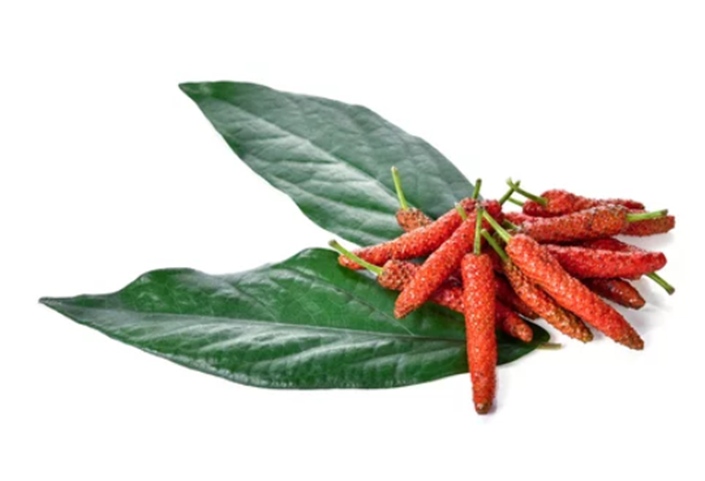
4). Pink pepper
They are the fruits of the Brazilian pepper tree native to South America, but mostly from Brazil. It is a completely different variety of tree than white, black or green pepper.
Pink pepper, sometimes called red pepper, is not real pepper. The red berries are fragile and rather aromatic. But beware, we should consume it only to a limited extent, because it is toxic in higher doses! It is used more as a pleasant contrasting element with white, black and green pepper, which makes our eye happy. It is suitable as a decorative spice for meat and some vegetable dishes. It is also part of a mixture of colored pepper (Schinus terebinthifolius)
Pink pepper is most prized in perfumery. This pepper has a sweet, slightly resinous aroma, and is strongly spicy to hot. This gives the perfumes fresh to spicy tones.
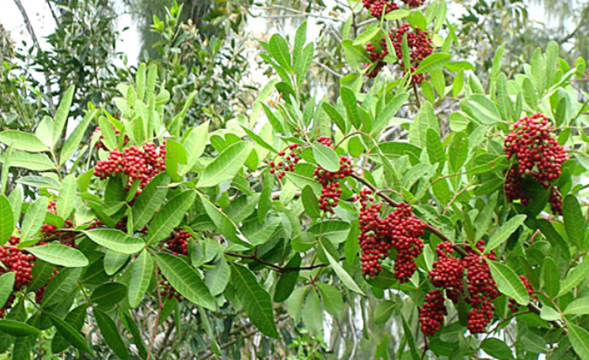
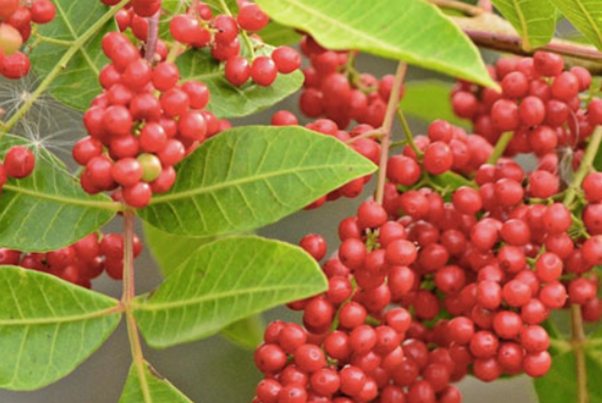
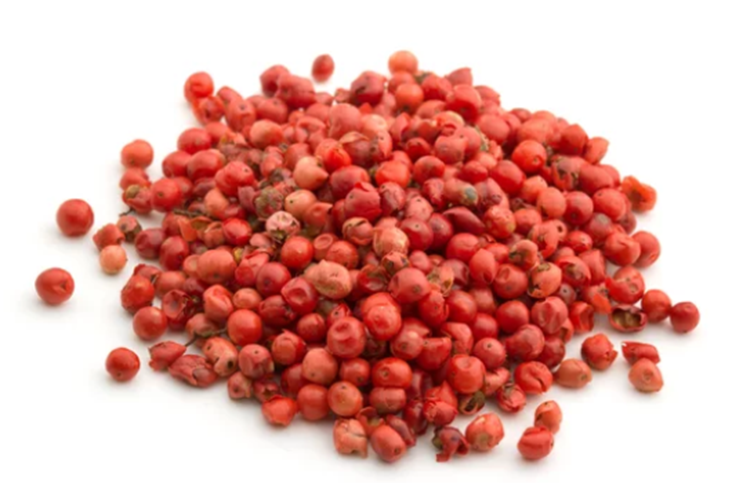

5th place
Cinnamon
Cinnamon is a spice that also has significant healing effects, it is an aromatic bark from evergreen tropical cinnamon trees.
As a medicine and spice, cinnamon has been known and used by humans since ancient times, when it was said to be so prized that it served as a gift to rulers and gods. While the value of other expensive spices fell last year, the price of cinnamon grew, in Sri Lanka it has risen 10 percent over the past year to US$ 9.70 per kilogram. Today, cinnamon is an integral part of our kitchens and global perfumery companies.

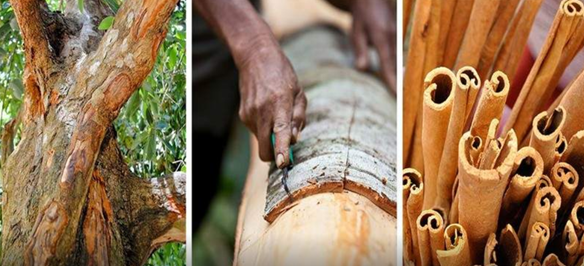
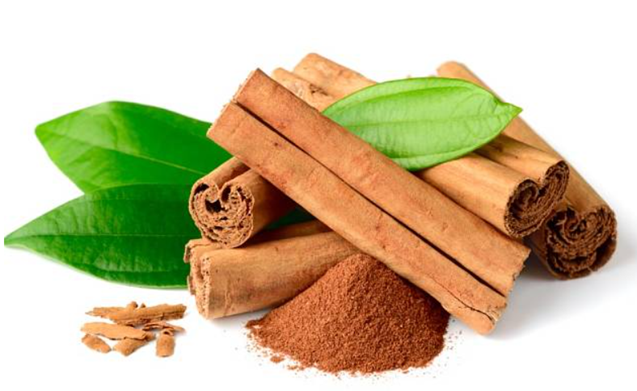
6th place
Clove
Clove essential oil and pure extract are obtained from the dried flower buds of the slender tropical tree "Clove" growing in Moluccas.
The cultivation of this tree has a tradition and history of more than two thousand years. Christmas and mulled wine cannot be imagined without the dried undeveloped buds of the clove fragrant tree. In addition to a strong taste, cloves also have strong healing, anti-inflammatory and aphrodisiac effects. The price of spices grown in India has fallen compared to previous years, but still holds its staple of the sixth most expensive spice in the world. In the perfume industry, the essence of clove buds is used for their sweetly spicy note, which gives all perfumes a sparkle and a beautiful undertone of warmth.
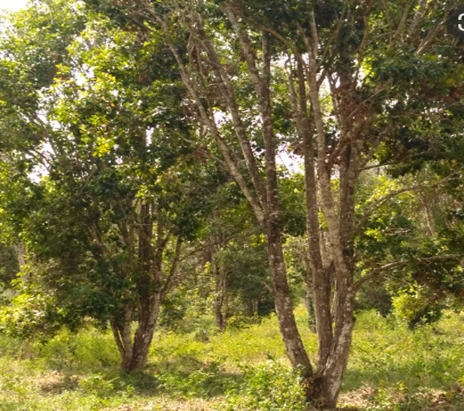
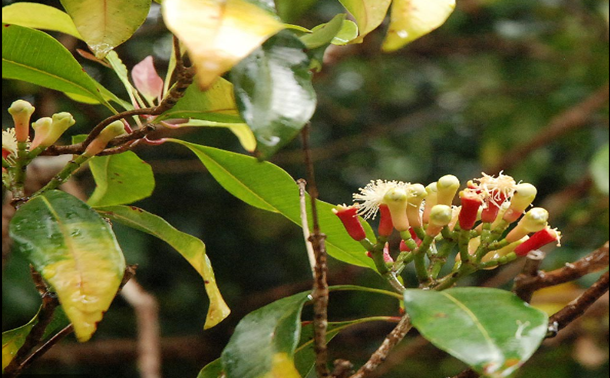
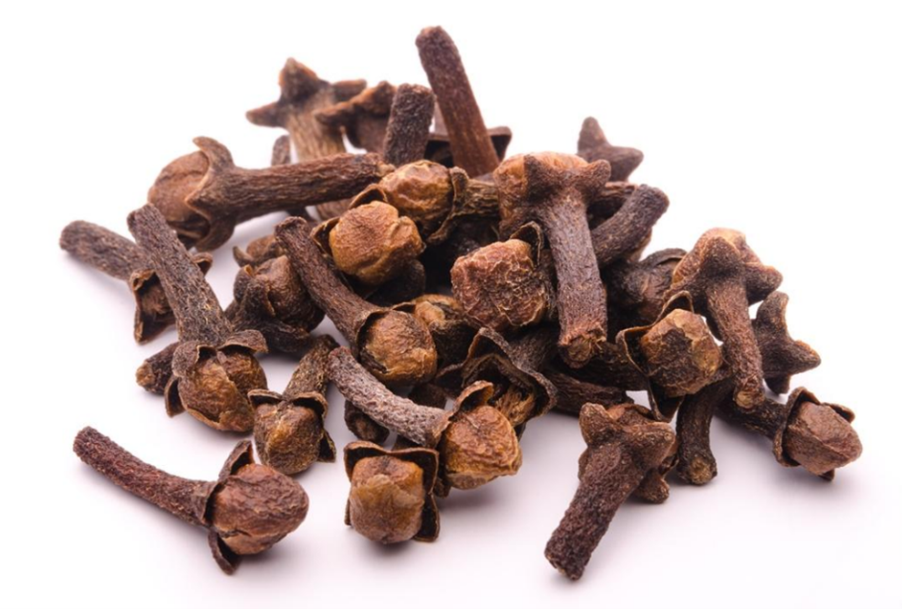
7th place
Mace
Although the name says something else, "Nutmeg flower" is definitely not a flower. It is a red fleshy bowl that covers the seed of the nutmeg or fragrant fruit.
It is therefore a spice that comes from the same tree as the nutmeg, which in turn is its dried seed. Simply put, we buy it as nutmeg. After drying, the Nutmeg flower has a golden yellow color and a sweetly spicy, resinous taste, which is a little softer than the nut.
History:
The nutmeg (Myristica fragrans) grows in the humid tropics and is native to Indonesia. Both the flower and the nut, as we call them, are from this tree, which is also called the real Maceza.Products from this tree, due to their rarity, were enormously expensive, so they did not reach the European continent until the turn of the 15th and 16th centuries. It was at the time of European expansion that they began to reach Europe and other parts of the world in greater numbers, with Portuguese sailors from the Indonesian archipelago of the Moluccas.
Even nutmeg is not, in the true sense of the word, a nut, but it is the core of the nutmeg seed.
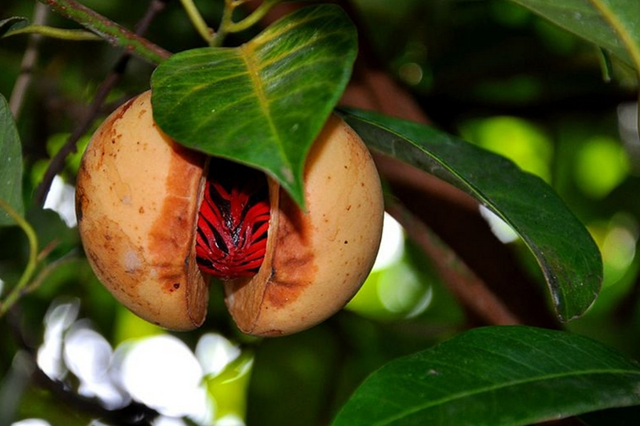
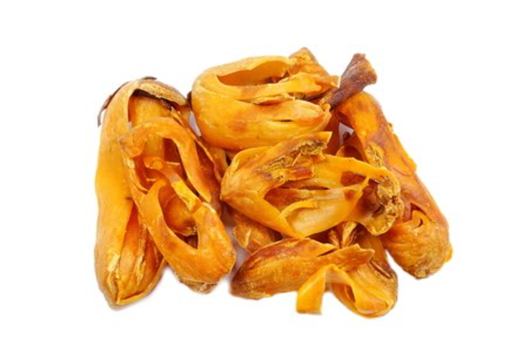

8th place
Allspice
The new spices are the fruits of allspice from Mexico, Allspice was given various names, such as Jamaican or Clove Pepper. In various places it is known as a "new spice". It has the attribute of cloves thanks to its taste, which is sharp and hot, reminiscentof cloves, cinnamon and pepper.
Proof of this is that it is definitely not a cheap spice, it had a luxury tax was imposed on it as luxury goods in many countries in the 1920s. A kilo of new spices costs US$6.40.
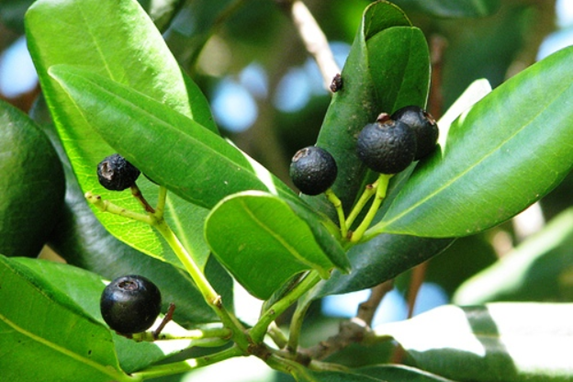
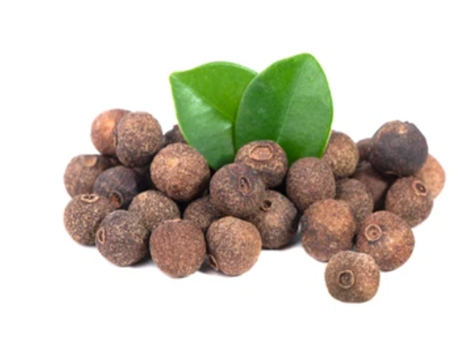
Read also
